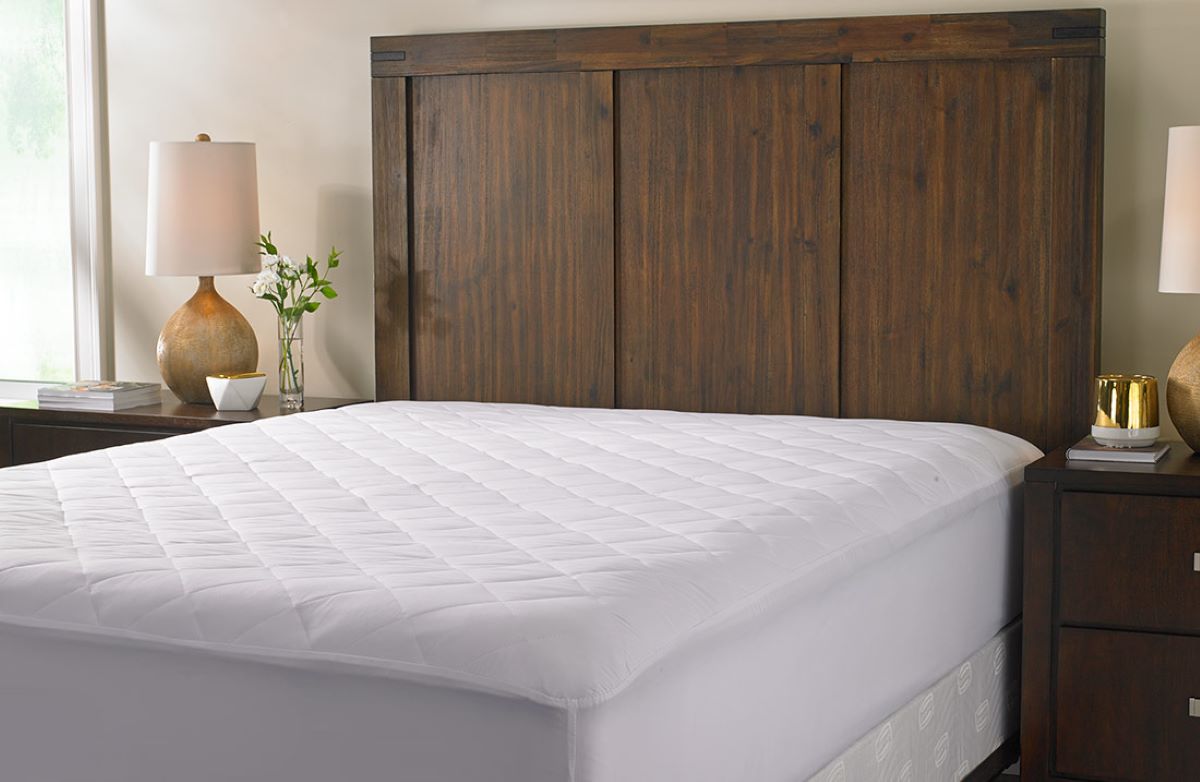

Articles
How To Store A Mattress Pad
Modified: March 6, 2024
Learn the best methods for storing your mattress pad with our informative articles. Protect your investment and keep your mattress pad in top condition.
(Many of the links in this article redirect to a specific reviewed product. Your purchase of these products through affiliate links helps to generate commission for Storables.com, at no extra cost. Learn more)
Introduction
When it comes to protecting and prolonging the life of your mattress, a mattress pad is an essential accessory. It not only adds an extra layer of cushioning and comfort but also serves as a barrier against stains, spills, and allergens. However, there may come a time when you need to store your mattress pad temporarily, whether it’s due to a move, seasonal changes, or simply freeing up space in your home.
Proper storage of your mattress pad is crucial to ensure its durability and maintain its quality. Improper storage can lead to deformation, mold, mildew, and unpleasant odors. Fortunately, storing a mattress pad is a straightforward process that requires a few simple steps. In this article, we will guide you through the process of storing your mattress pad correctly and preserving its integrity until it’s ready to be used again.
Before we dive into the storage process, it’s important to note that proper cleaning is essential. Make sure you clean your mattress pad thoroughly before storing it. Follow the manufacturer’s instructions for cleaning or refer to our guide on how to clean a mattress pad for detailed instructions.
Key Takeaways:
- Properly storing your mattress pad involves cleaning, folding, and choosing a suitable storage location to protect it from damage and maintain its quality.
- Regularly checking and maintaining your stored mattress pad ensures its longevity and quality, providing a comfortable and hygienic sleeping surface for years to come.
Read more: How To Store Mattress Pad
Step 1: Clean the Mattress Pad
The first step in storing your mattress pad is to ensure it is clean and free from any dirt, stains, or spills. Cleaning the mattress pad before storage will not only keep it fresh but also prevent any potential stains or odors from setting in during the storage period.
Start by checking the care label on your mattress pad for any specific cleaning instructions. Most mattress pads can be machine washed, but some may require hand washing or dry cleaning. Follow the recommended cleaning method to avoid damaging the pad.
If your mattress pad is machine washable, place it in the washing machine along with a mild detergent. Use a gentle cycle and cold water to prevent any shrinkage or distortion. Avoid using bleach or harsh chemicals as they can degrade the fabric and padding.
Once the cycle is complete, remove the mattress pad from the washing machine and inspect it for any remaining stains or dirt. If necessary, spot clean the affected areas using a mild stain remover or a mixture of water and detergent. Gently scrub the stains with a soft brush or sponge, then rinse thoroughly to remove any residue.
After cleaning, it’s important to dry the mattress pad properly before storing it. Tumble dry on a low heat setting or hang it outdoors in a shaded area to air dry. Avoid direct sunlight as it can fade the colors and weaken the fabric. Ensure that the mattress pad is completely dry to prevent the growth of mold or mildew.
Remember to check the care label again to determine if your mattress pad can be ironed. If ironing is permitted, use a low heat setting and iron the pad gently to remove any wrinkles. If not, folding and storing the pad properly will help smooth out any creases.
By ensuring your mattress pad is clean and fresh before storage, you’ll be setting a solid foundation for maintaining its quality throughout the storage period.
Step 2: Remove and Wash the Bedding
Before storing your mattress pad, it’s important to remove any bedding or sheets that may be on top of it. This includes fitted sheets, flat sheets, pillowcases, and any other covers or protectors.
Start by stripping the bed completely, removing all the bedding and accessories. Shake out the sheets and inspect them for any stains or spills. If they are machine washable, follow the manufacturer’s instructions and launder them accordingly.
Next, turn your attention to the pillowcases and any other covers you may have on your pillows. Remove them and wash them separately to maintain cleanliness and hygiene.
If you have a mattress protector on top of your mattress pad, remove it as well. Most mattress protectors are machine washable, so place it in the washing machine with a mild detergent and follow the recommended care instructions. Make sure it is completely dry before storing it separately or reattaching it to the mattress pad.
By removing and washing all the bedding and covers, you are ensuring that your mattress pad is stored in a clean and hygienic condition. This will help prevent any stains, odors, or dirt from transferring onto the mattress pad during storage.
Step 3: Fold the Mattress Pad Properly
Now that your mattress pad is clean and free from any bedding, it’s time to fold it properly for storage. Proper folding helps prevent creasing, maintains the shape of the pad, and saves space in your storage area.
Start by laying the mattress pad flat on a clean and spacious surface, such as a bed or table. Smooth out any wrinkles or folds to ensure an even surface.
Begin folding the mattress pad by bringing one long side over the middle, folding it in half. Make sure the edges align as closely as possible.
If your mattress pad is larger, you may need to fold it again to reduce its size. Bring the folded half over the remaining unfolded side, folding it in half once more. Now you have a smaller, more compact fold.
Continue folding in this manner until you have a manageable size that fits your storage space. Fold carefully to avoid any unnecessary stress or strain on the fabric and padding.
If your mattress pad has any attached straps or handles, secure them in place to keep the folded pad together. This will make it easier to handle and transport to the storage area.
Remember that the goal of folding your mattress pad is to create a compact and orderly shape to optimize storage space. Take your time and fold it neatly to ensure it remains in good condition during the storage period.
Packaging the folded mattress pad in an airtight bag or plastic wrap can provide additional protection against dust, moisture, and pests. However, be sure to choose a breathable material, such as a mattress storage bag, to prevent any mold or mildew formation.
Step 4: Choose a Suitable Storage Location
Choosing the right storage location for your mattress pad is crucial to ensure its safety and preservation. The ideal storage area should be clean, dry, and free from extreme temperatures or humidity.
Start by assessing the available space in your home. Look for a spot that is not likely to be exposed to direct sunlight, as prolonged sunlight exposure can lead to fading and fabric deterioration.
Avoid storing your mattress pad in areas prone to moisture, such as basements or damp areas. Moisture can promote the growth of mold and mildew, resulting in potential damage to the pad and unpleasant odors.
If possible, choose a storage area that is climate-controlled or at least well-ventilated. Extreme temperatures, both hot and cold, can affect the integrity of the padding and fabric over time. A stable temperature environment will help to maintain the quality of the mattress pad.
Consider using a closet, under-bed storage, or a dedicated storage area designated for bedding and linens. Ensure the storage space is clean and free from dust or other potential contaminants. If necessary, clean the storage space thoroughly before placing the folded mattress pad inside.
If you’re storing the mattress pad along with other items, make sure it is not placed under heavy items that may create undue pressure or compression. This can cause distortion or damage to the padding and fabric.
Label the storage container or bag with the contents and the date of storage. This will help you locate the mattress pad easily in the future without having to sift through all your stored items.
By carefully selecting a suitable storage location, you can ensure that your mattress pad remains in optimal condition throughout its storage period.
When storing a mattress pad, make sure it is completely dry to prevent mold and mildew. Store it in a cool, dry place away from direct sunlight to maintain its quality. Consider using a mattress storage bag for added protection.
Read more: How To Use A Mattress Pad
Step 5: Protect the Mattress Pad During Storage
While your mattress pad is in storage, it’s essential to take precautions to protect it from potential damage. By following these steps, you can ensure that your mattress pad remains in pristine condition until it is ready to be used again.
Firstly, consider using a mattress storage bag or airtight container to protect the pad from dust, dirt, and pests. These protective coverings help create a barrier against external elements that can potentially stain or damage the pad.
However, it’s crucial to choose a breathable material for your storage bag or container to prevent the buildup of moisture, which can lead to mold and mildew growth. Opt for a storage bag specifically designed for mattresses or a breathable fabric cover.
Avoid using plastic bags or non-breathable covers that can trap moisture and cause damage to the mattress pad. If you use plastic, make sure the pad is fully dry before packing it to prevent any moisture from getting trapped inside.
When placing the mattress pad into the storage bag or container, be mindful of how it is positioned. Avoid folding or creasing the pad excessively, as this can lead to permanent damage or misshapen areas. Gently place and arrange the pad to maintain its original form as much as possible.
Additionally, if you are stacking multiple items in your storage area, avoid placing heavy objects on top of the mattress pad. Excessive weight can cause compression and deform the padding or fabric, leading to potential damage.
If the storage location is prone to pests, consider using pest deterrents such as mothballs or cedar chips to ward off insects. However, avoid placing these directly on the mattress pad, as the chemical residue or scent may transfer and affect the fabric.
Regularly check the storage area for any signs of moisture, pests or damage. If necessary, take preventive measures such as using moisture absorbers or calling pest control to ensure the long-term protection of your mattress pad.
By taking necessary precautions to protect your mattress pad during storage, you can safeguard its quality and extend its lifespan.
Step 6: Store the Mattress Pad Correctly
Now that you have prepared your mattress pad for storage and taken steps to protect it, it’s time to store it correctly. Proper storage ensures that the mattress pad remains in excellent condition until it is needed again.
If you have opted for a mattress storage bag, place the folded mattress pad inside the bag and seal it tightly. Ensure that the bag is properly closed to prevent dust, pests, and moisture from entering. If you’re using an airtight container, make sure the lid is securely fastened.
If you’re storing multiple items, such as bedding or linens, consider keeping them together in the same storage area. This way, you can easily locate everything when you decide to retrieve them.
When storing the mattress pad, avoid placing it on the floor directly. Place it on a clean and elevated surface, such as a shelf, pallet, or even on top of another piece of furniture. Elevating the pad protects it from potential moisture and dampness that could seep up from the floor.
Ensure that the storage area is well-organized and free from clutter. This will prevent any accidental damage to the mattress pad and make it easier to access if needed.
If possible, avoid stacking heavy items on top of the stored mattress pad. Excessive weight and pressure can compress the padding and affect its shape and comfort.
Keep a record of where you have stored the mattress pad, whether it’s in a designated storage area or a specific section within your storage room. This will help you locate it easily when you need it again.
Finally, if you need to store the mattress pad for an extended period, consider rotating or flipping it occasionally. This will help prevent any long-term compression or indentation in certain areas and ensure even wear over time.
By storing your mattress pad correctly, you can maintain its integrity and ensure it stays in the best possible condition until it’s ready to be used again.
Step 7: Check and Maintain the Mattress Pad Regularly
Even though your mattress pad is in storage, it’s important to regularly check and maintain it to ensure its longevity and quality. By following these steps, you can address any potential issues and keep your mattress pad in excellent condition.
Firstly, periodically inspect the storage area for any signs of moisture, pests, or damage. Look for any leaks, pest activities, or signs of mold or mildew. If you notice any issues, take immediate action to resolve them. This may involve using moisture absorbers, calling pest control, or moving the mattress pad to a new location.
Next, unzip or open the storage bag or container and carefully unfold the mattress pad. Shake it out gently to help restore its shape and fluffiness. Check for any visible signs of damage, such as tears, stains, or discoloration. If you notice any, assess the extent of the damage and consider appropriate repairs or replacements.
Inspect the fabric and padding for any signs of mold or mildew. If you detect any odors or spots, take the necessary steps to eliminate them. This may involve spot cleaning with a mild detergent, airing out the pad in a well-ventilated area, or using fabric deodorizers to remove any lingering smells.
If the mattress pad appears flat or flattened in certain areas, gently massage and fluff those areas to restore the padding and overall shape. Rotate or flip the mattress pad if recommended by the manufacturer to ensure even wear and comfort.
If you come across any stains or spills on the mattress pad, refer to our guide on how to clean a mattress pad. Follow the appropriate cleaning methods and treatments to address the stains effectively.
Lastly, ensure that the storage bag or container is closed properly and securely after checking and maintaining the mattress pad. This will help maintain a clean and protected environment for the pad until it’s ready to be used again.
By regularly checking and maintaining your mattress pad, you can address any issues promptly and prolong its lifespan. This will ensure that the mattress pad remains in excellent condition for your future use.
Conclusion
Storing your mattress pad properly is essential for maintaining its quality and prolonging its lifespan. By following the steps outlined in this guide, you can ensure that your mattress pad remains clean, protected, and in excellent condition during its storage period.
Remember to start by cleaning the mattress pad thoroughly, removing any bedding, and folding it properly to prevent creasing. Choose a suitable storage location that is clean, dry, and well-ventilated to protect the pad from moisture, extreme temperatures, and pests.
Take precautions to protect the mattress pad during storage by using a breathable storage bag or container. Avoid placing heavy objects on top of the pad and regularly check the storage area for any signs of damage or pests.
Periodically check and maintain the mattress pad by inspecting it, addressing any issues promptly, and fluffing it to restore its shape. Additionally, take the time to rotate or flip the pad if required to ensure even wear.
When you’re ready to use the mattress pad again, simply retrieve it from storage, unfold it, and place it back on your bed. Enjoy the comfort and protection it provides, knowing that you have taken proper care of it during its storage period.
By following these guidelines, you can store your mattress pad with confidence, knowing that it will be in optimal condition whenever you need it next. Proper storage not only protects your investment but also ensures a comfortable and hygienic sleeping environment for years to come.
So, take the time to properly store your mattress pad, and enjoy the benefits of a well-maintained and protected sleep surface for a restful night’s sleep.
Frequently Asked Questions about How To Store A Mattress Pad
Was this page helpful?
At Storables.com, we guarantee accurate and reliable information. Our content, validated by Expert Board Contributors, is crafted following stringent Editorial Policies. We're committed to providing you with well-researched, expert-backed insights for all your informational needs.
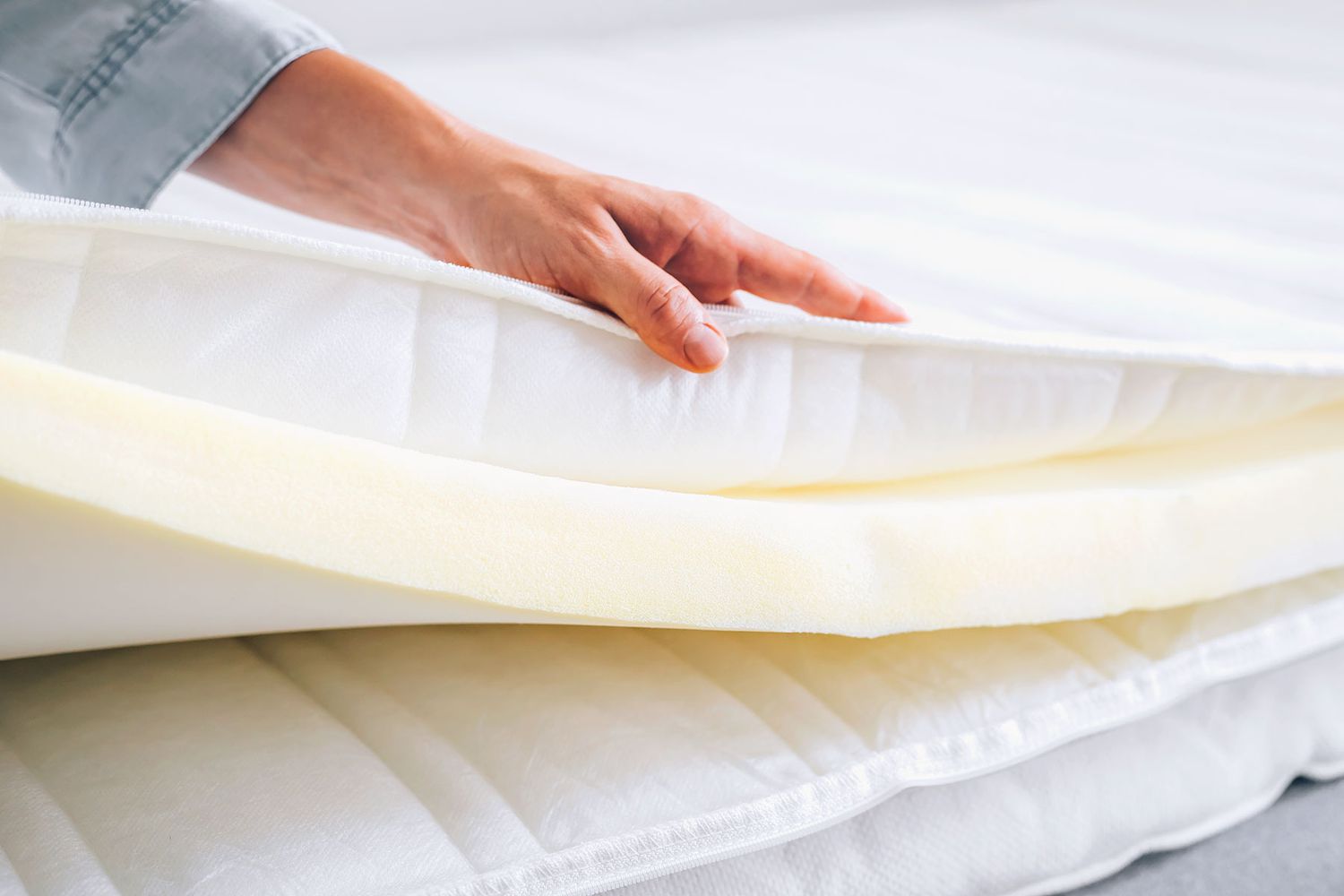
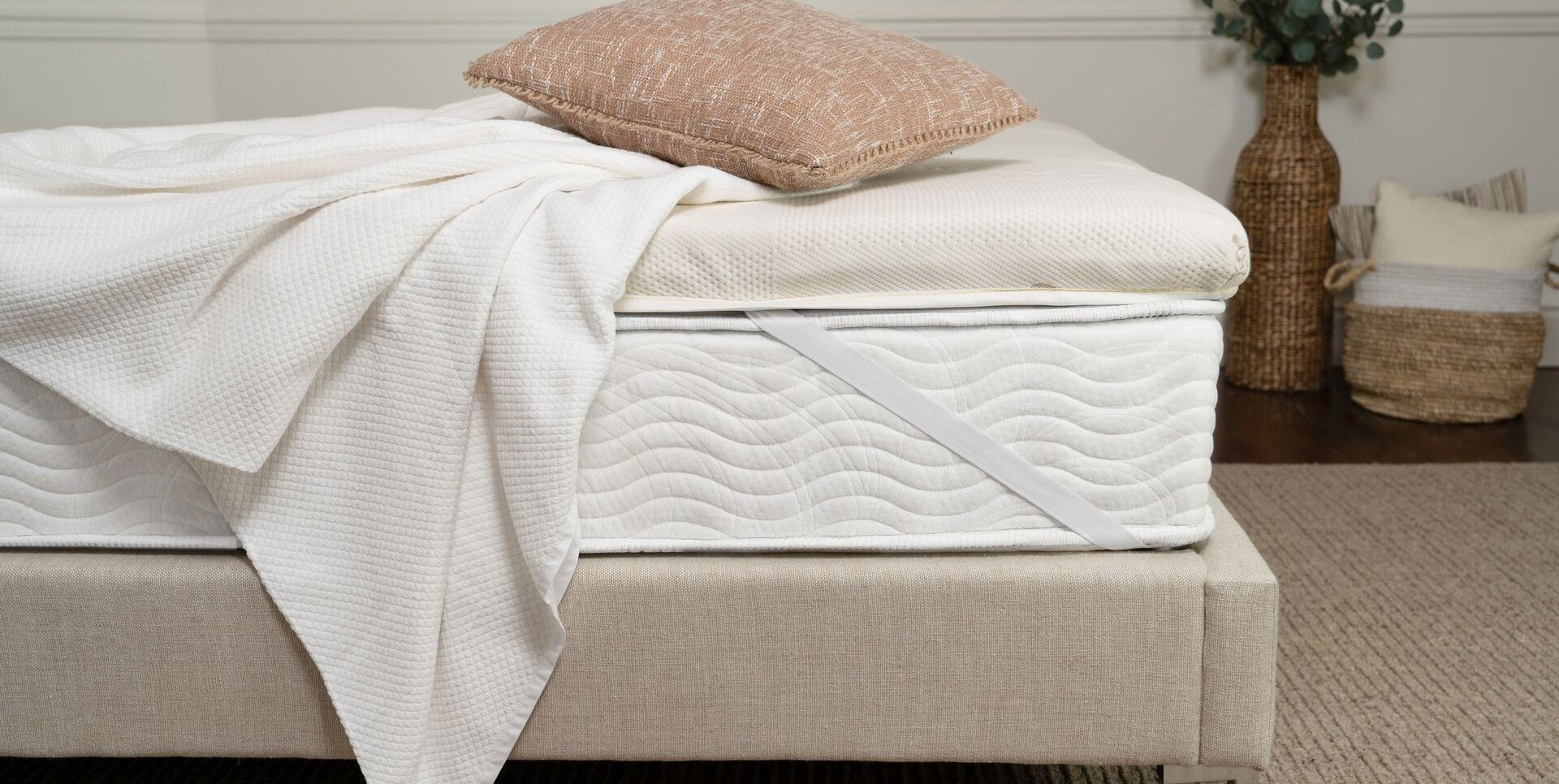
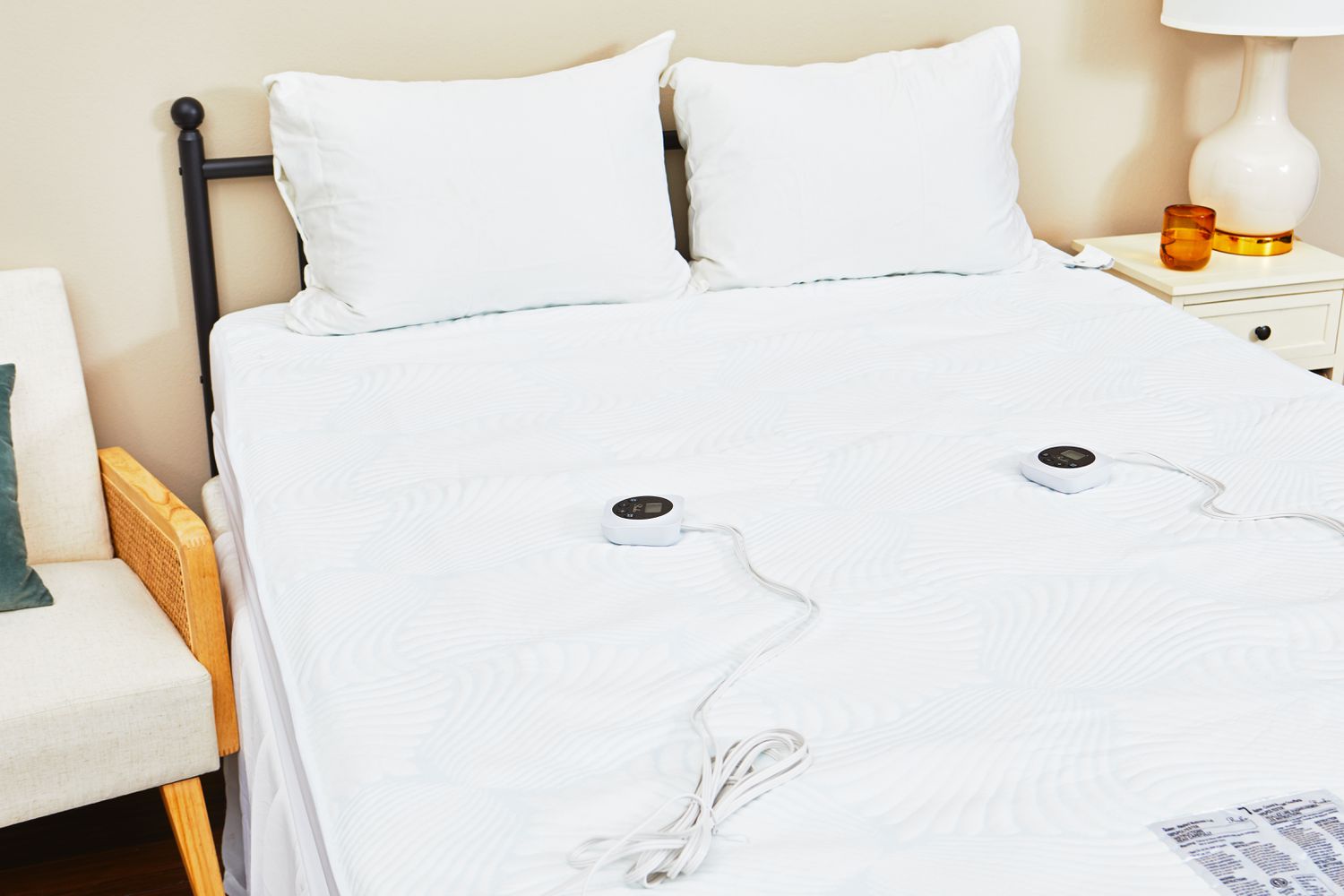
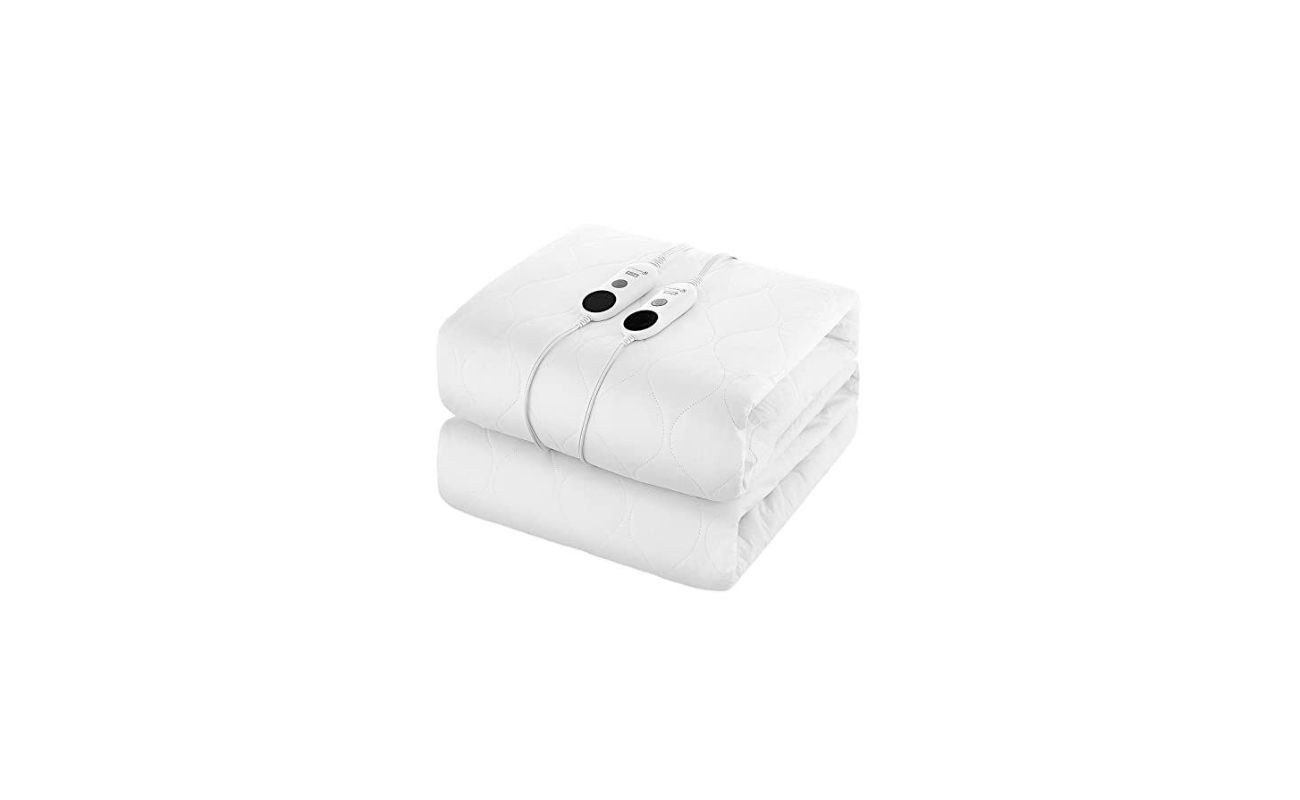
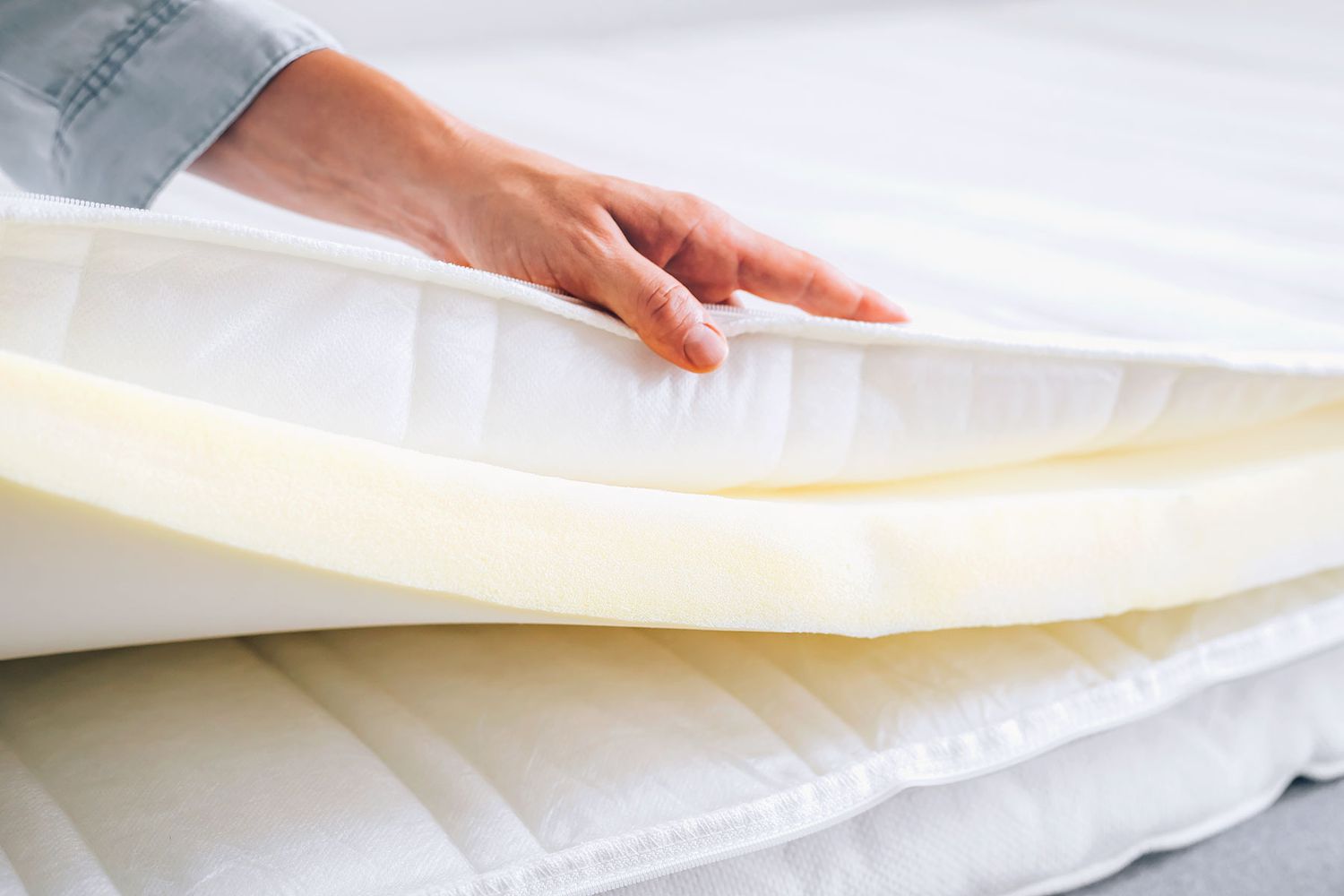

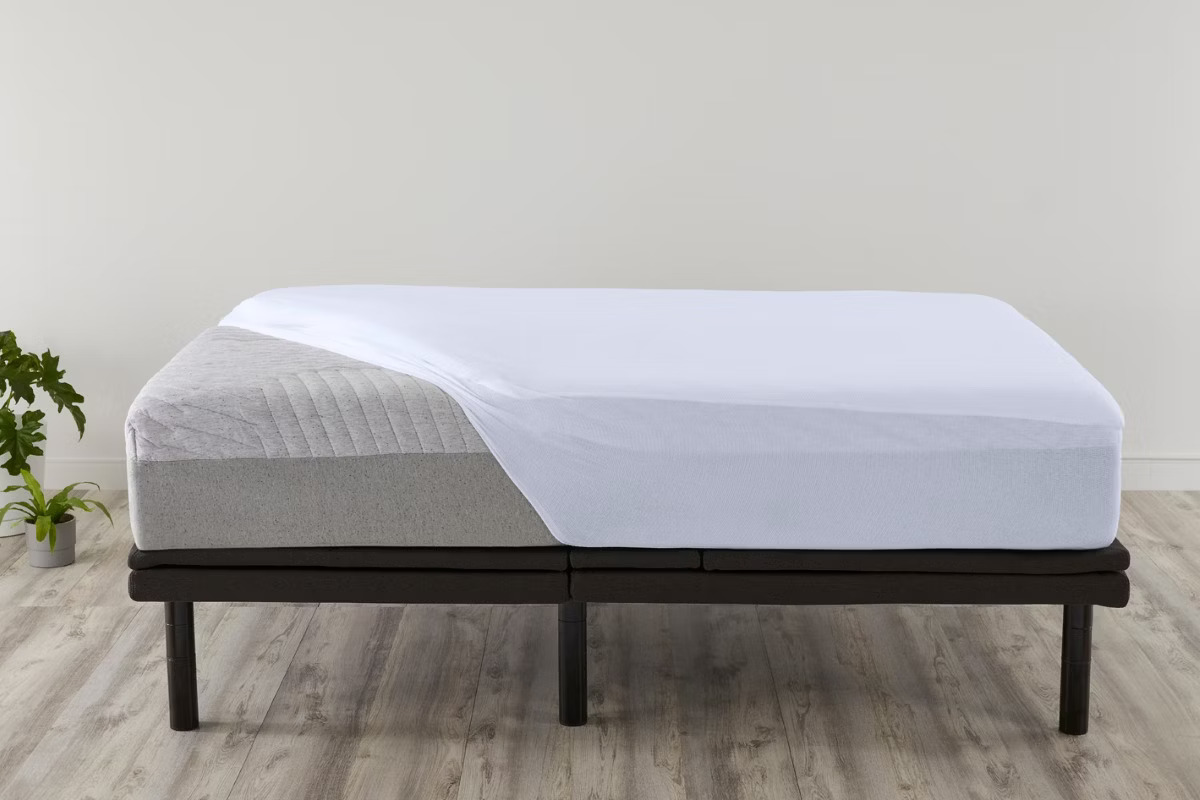
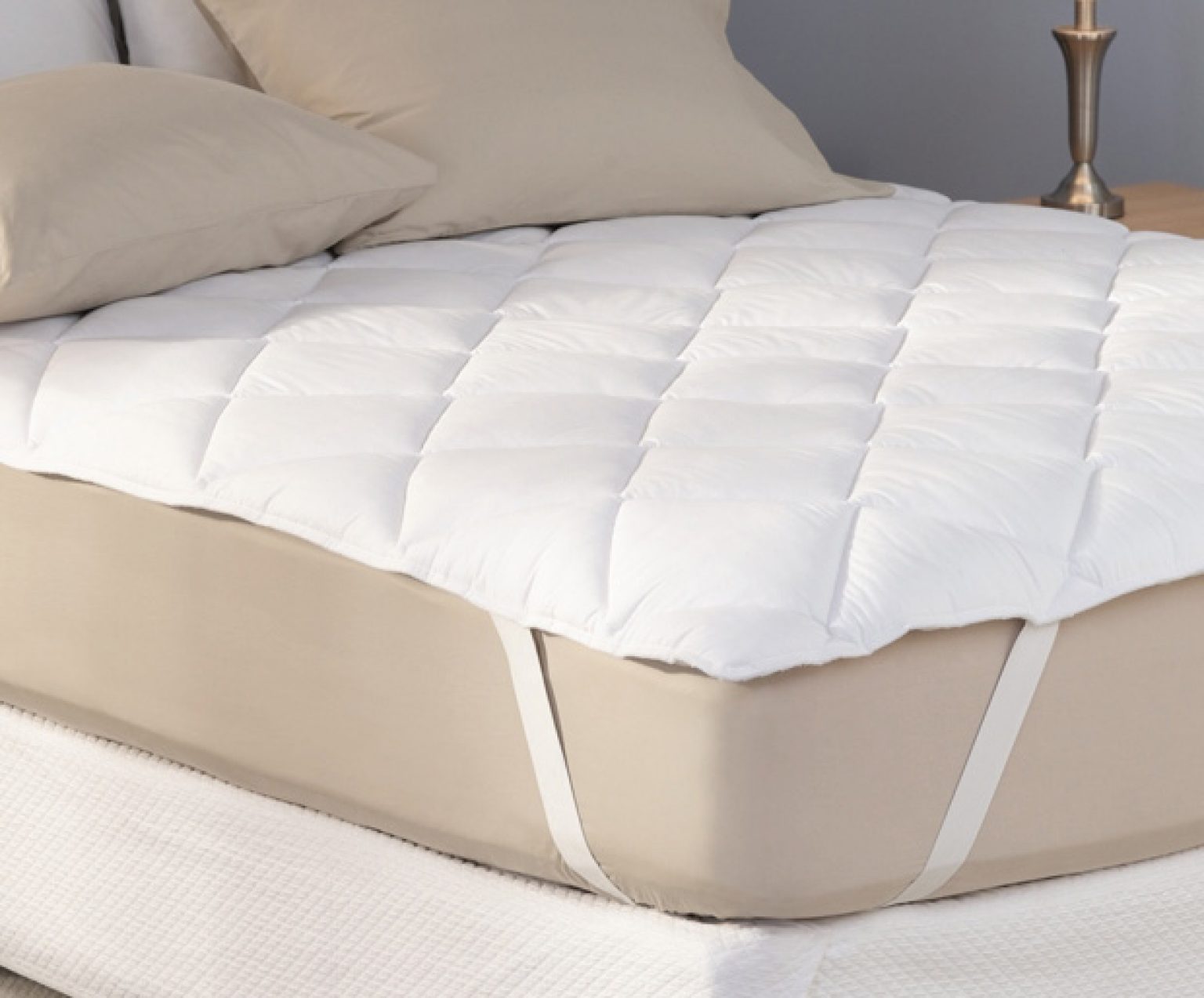
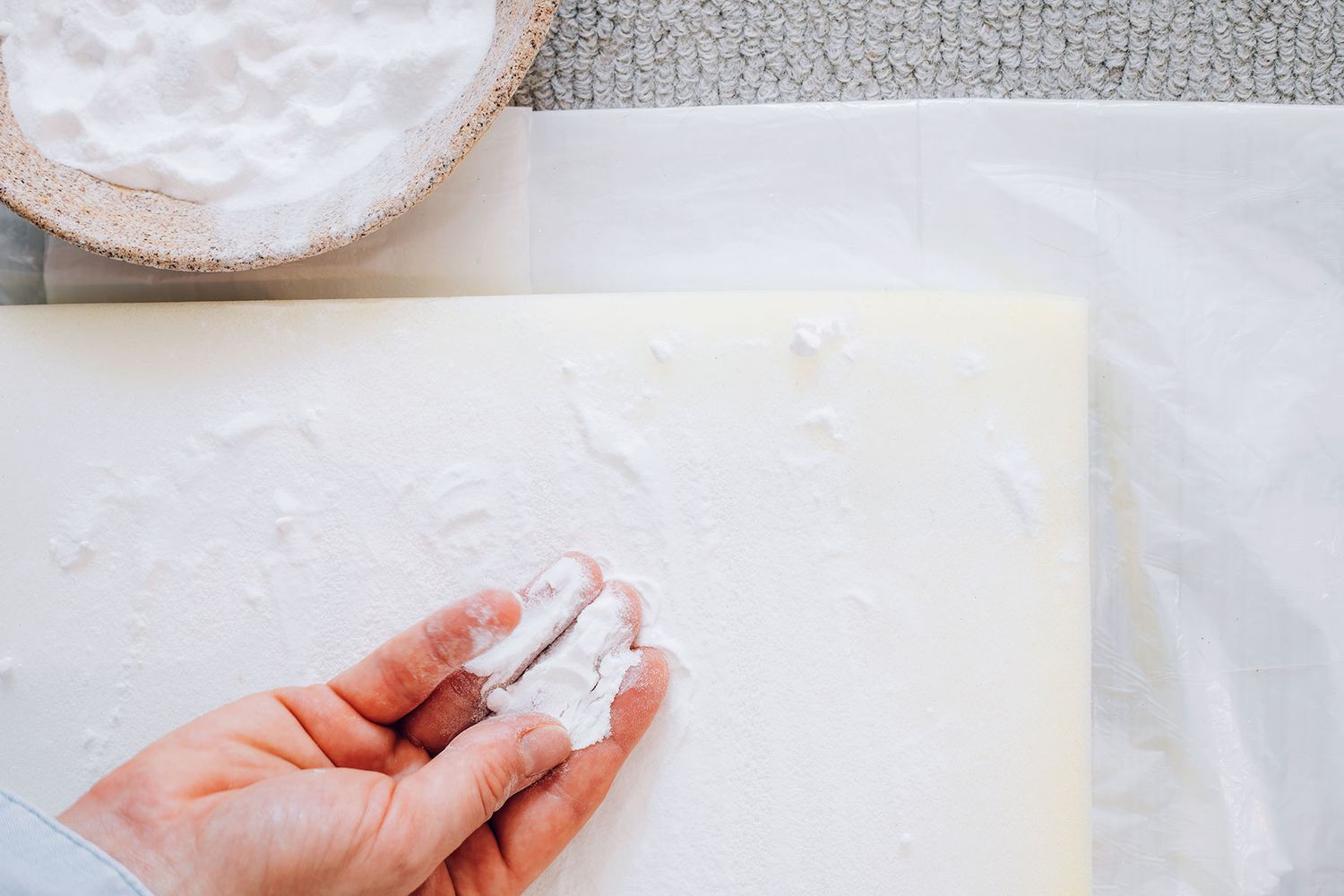
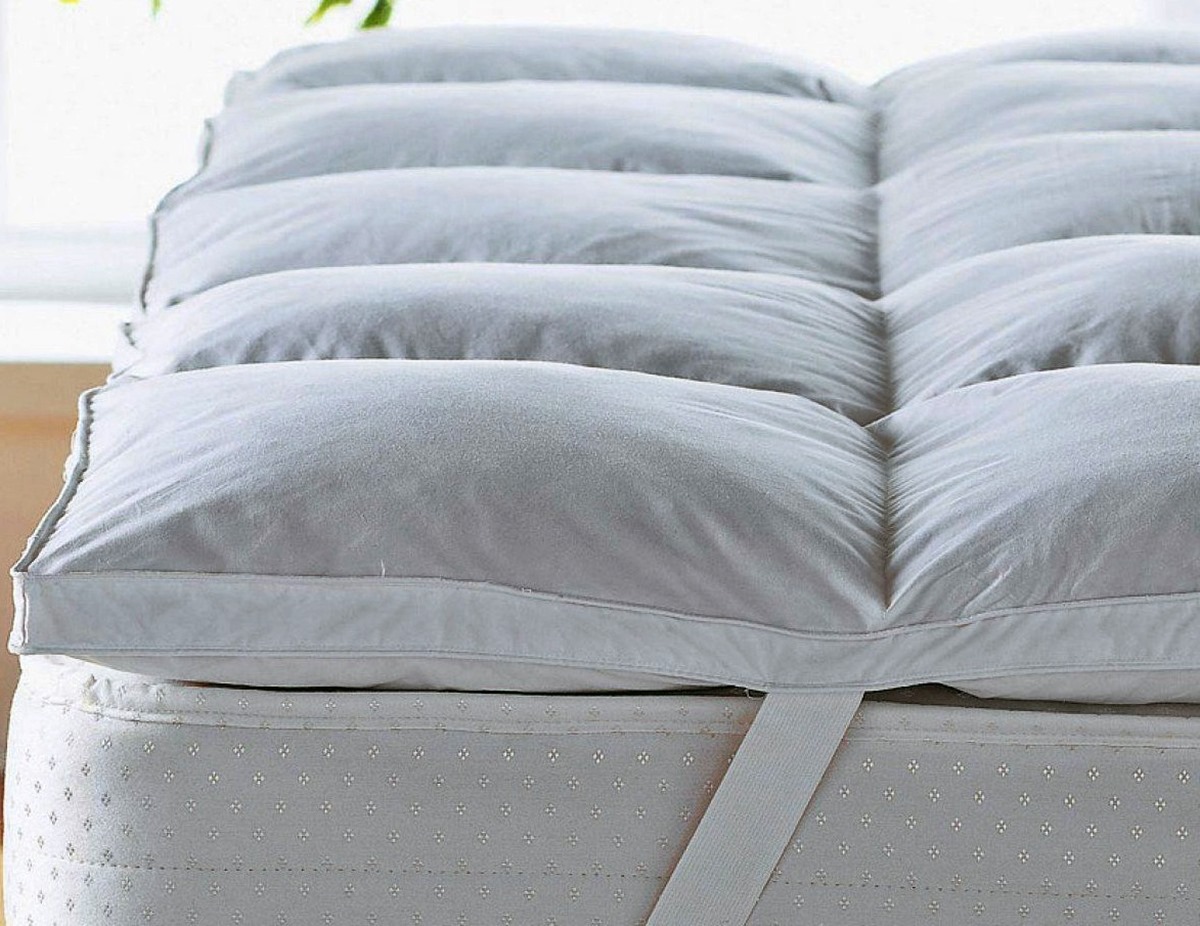

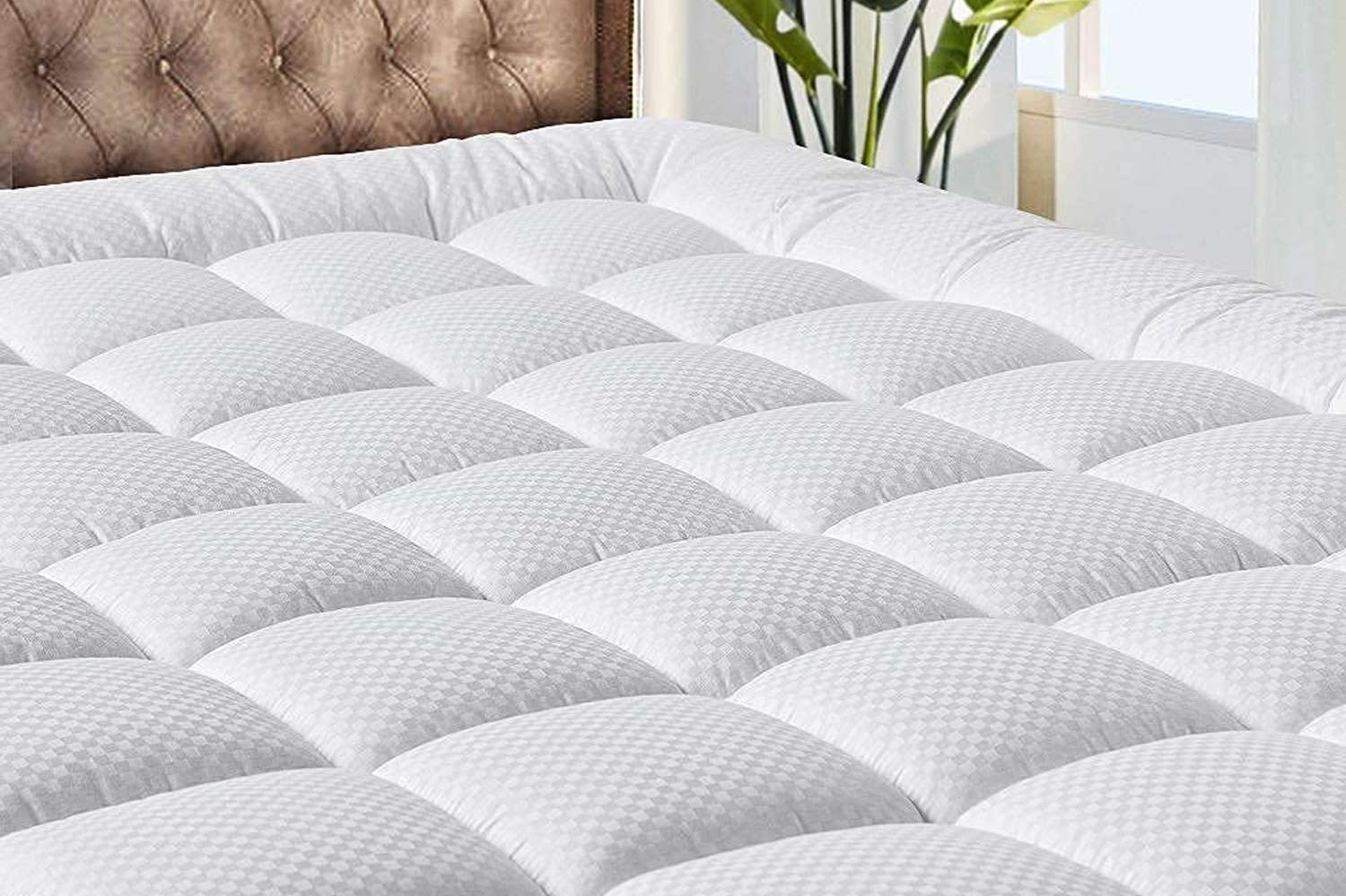
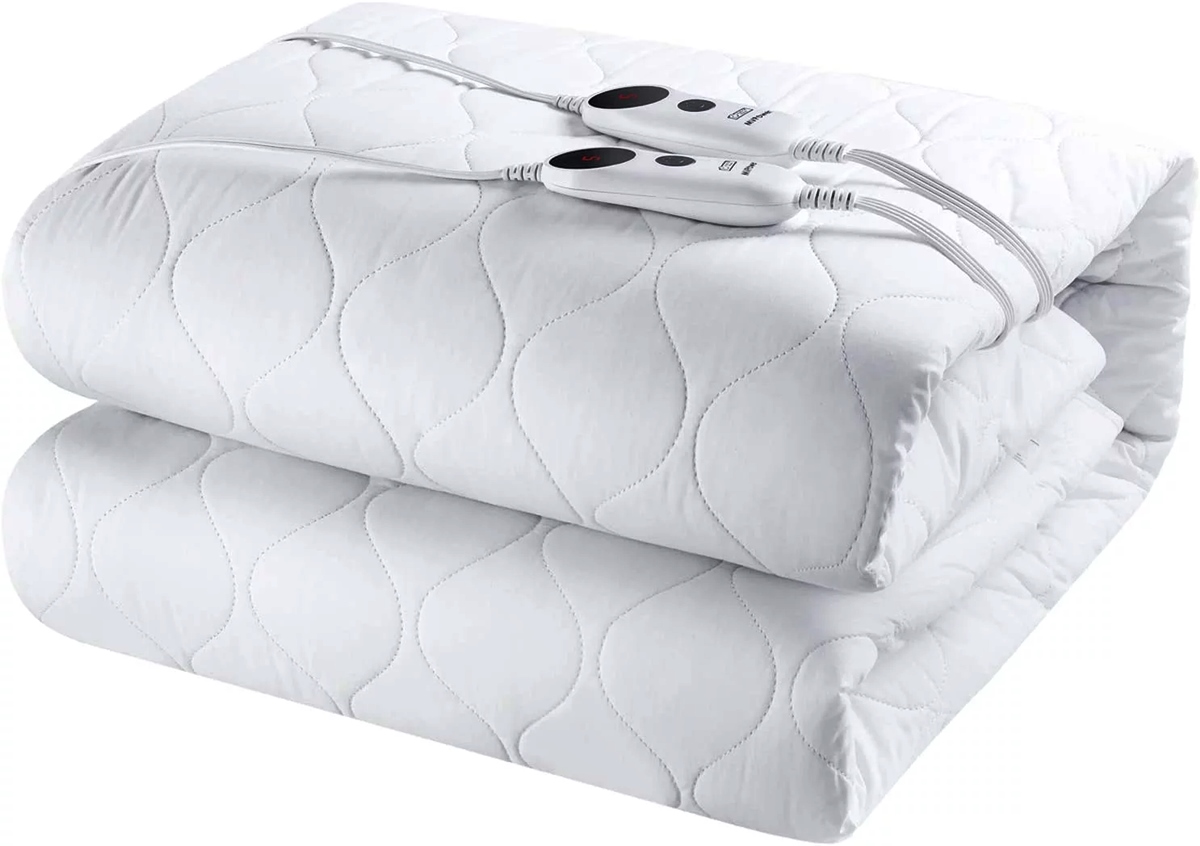
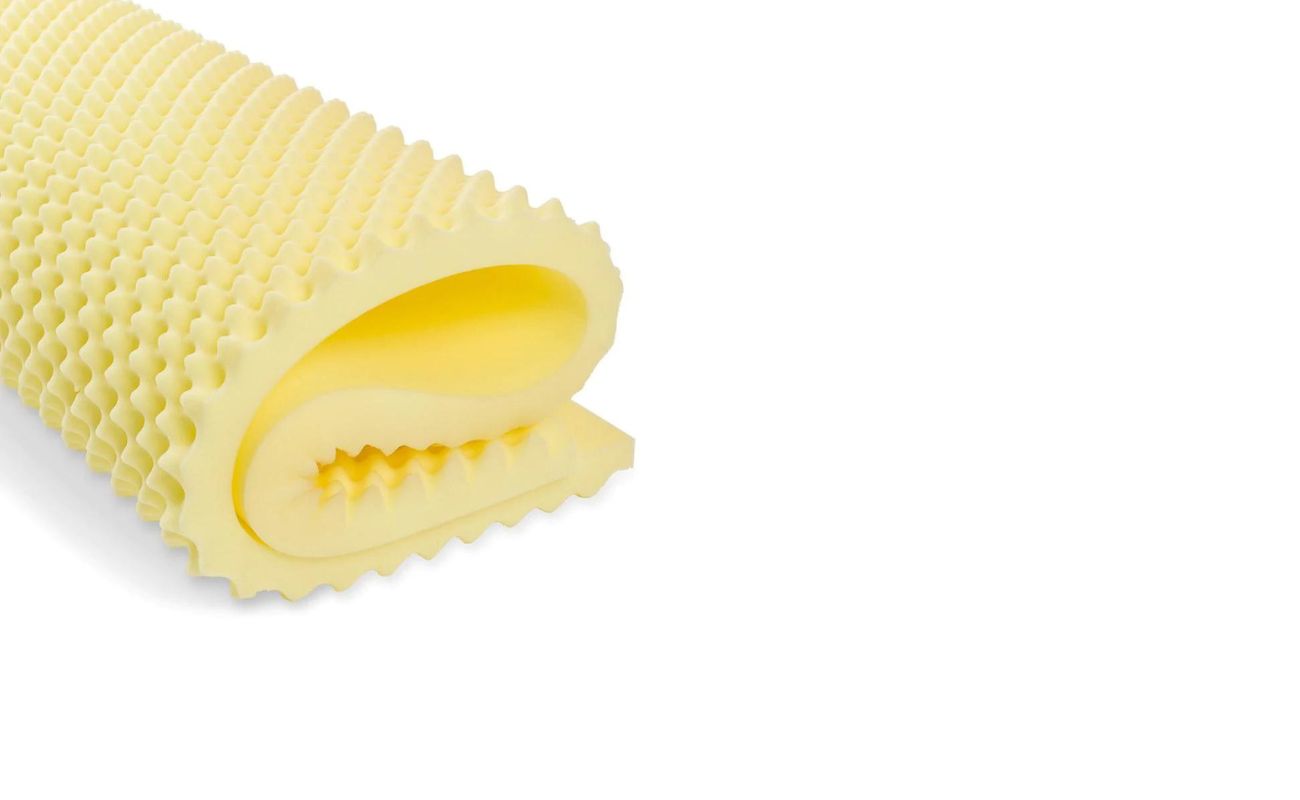

0 thoughts on “How To Store A Mattress Pad”